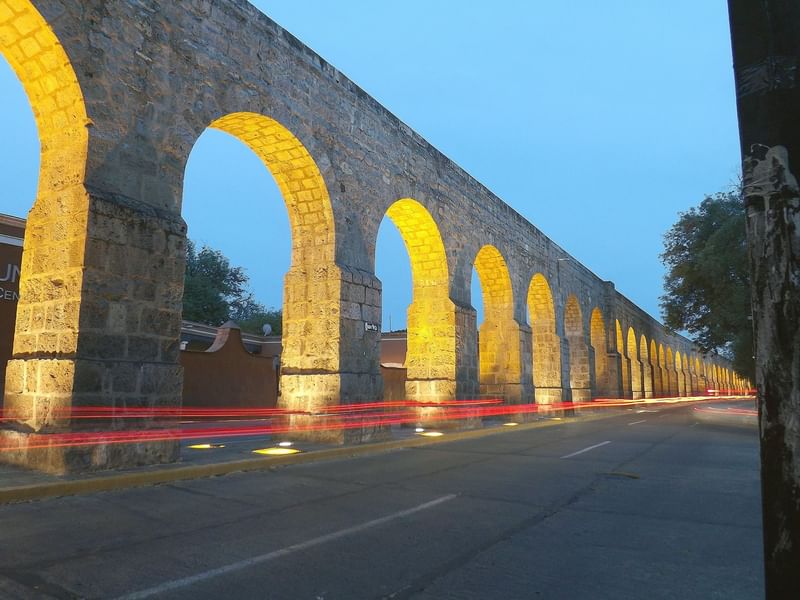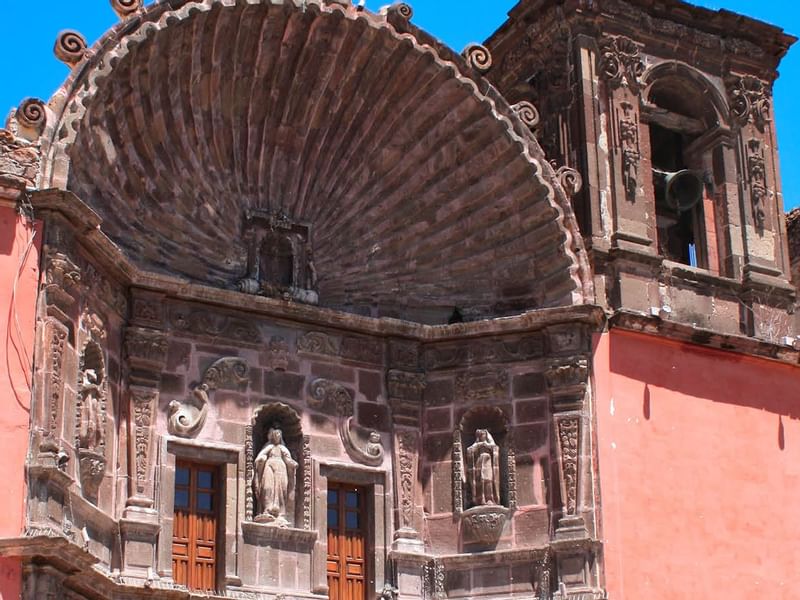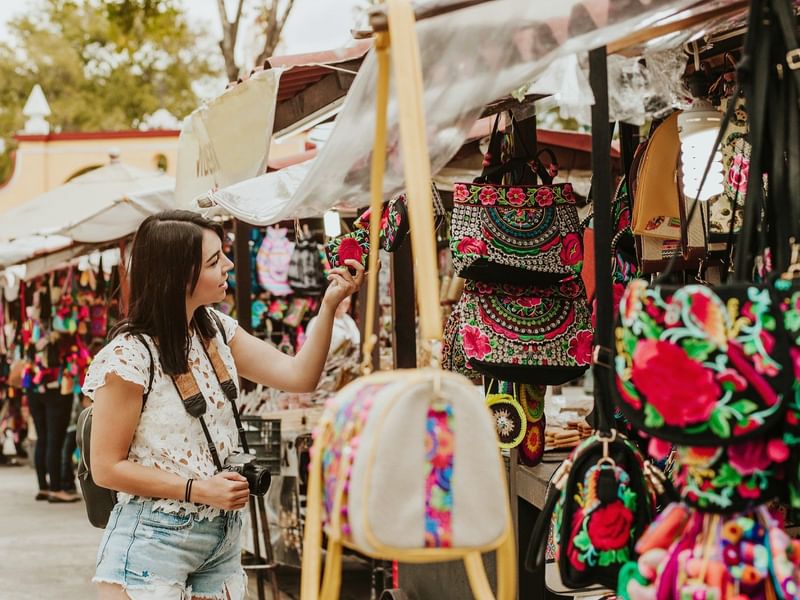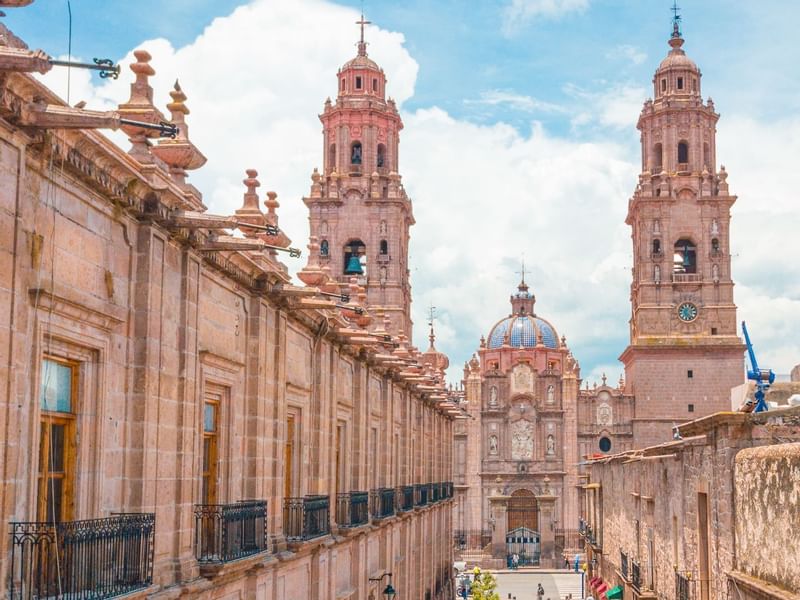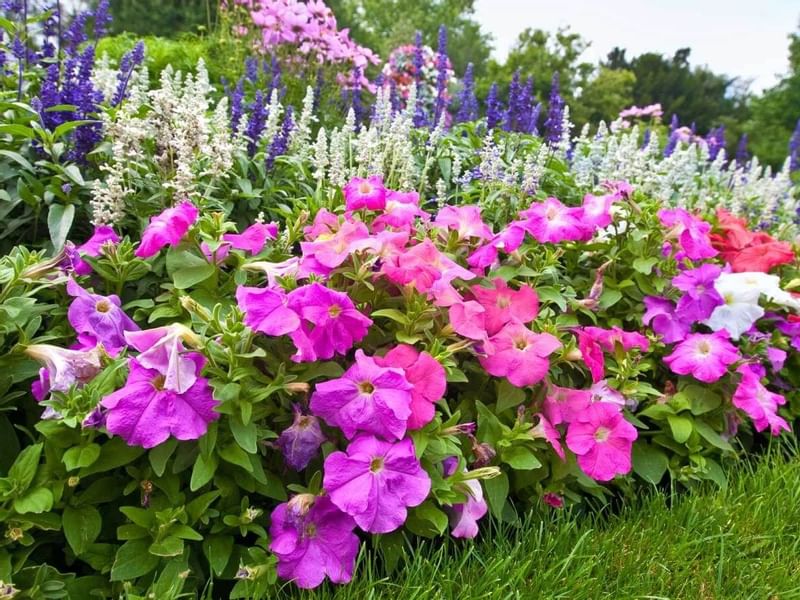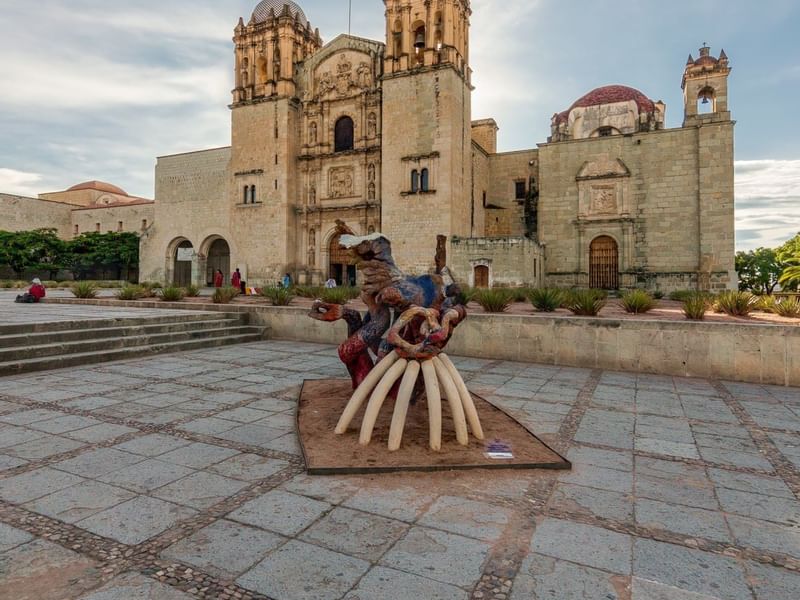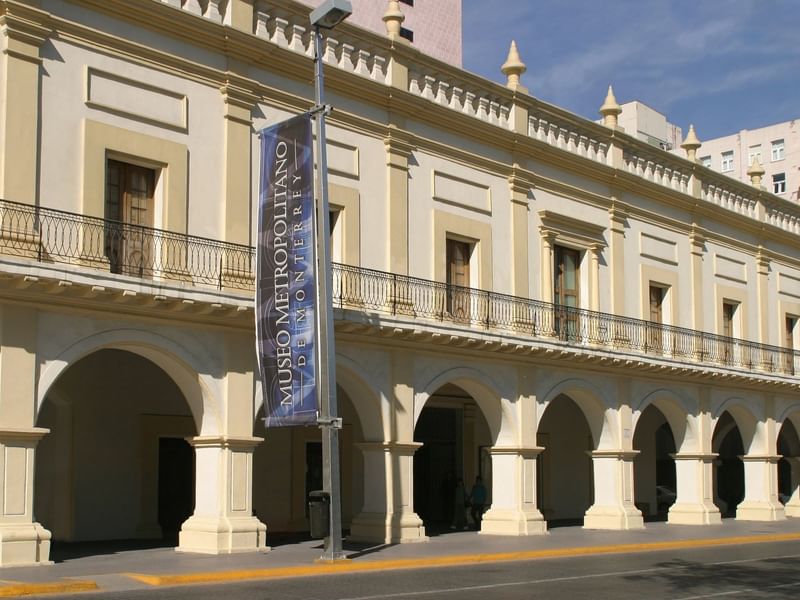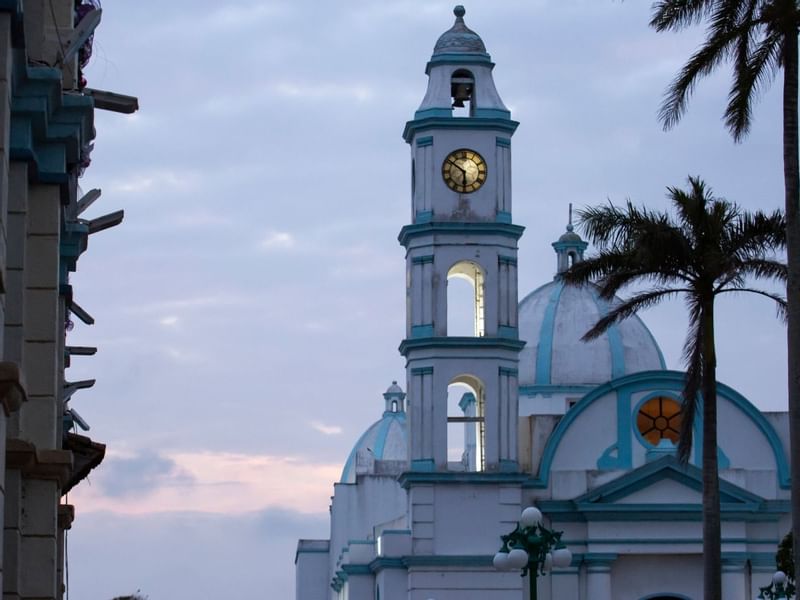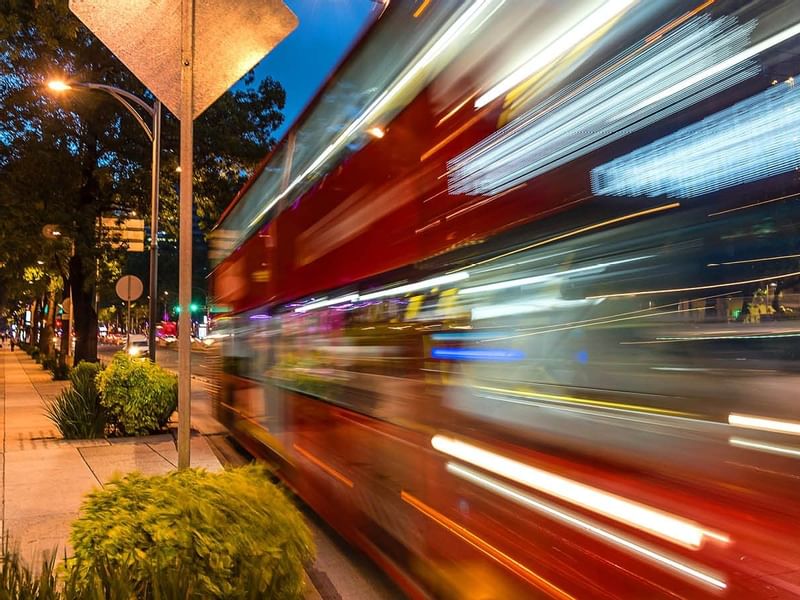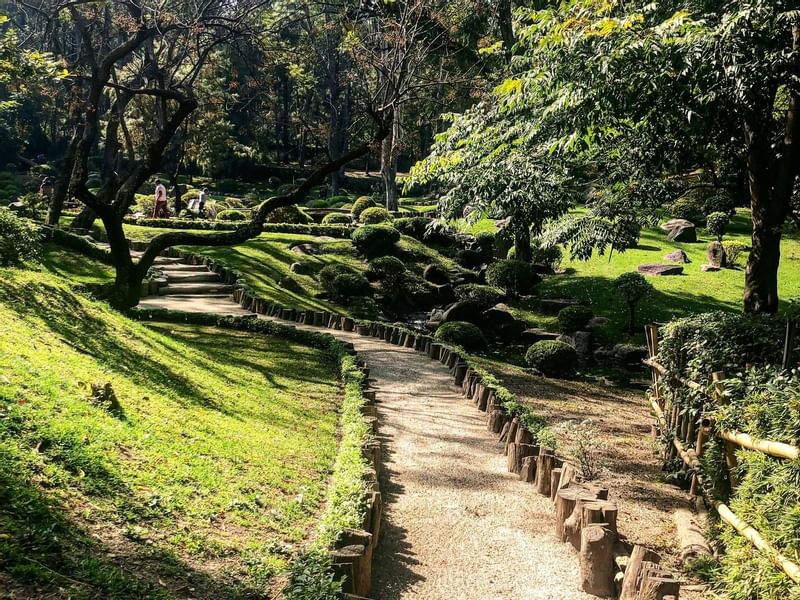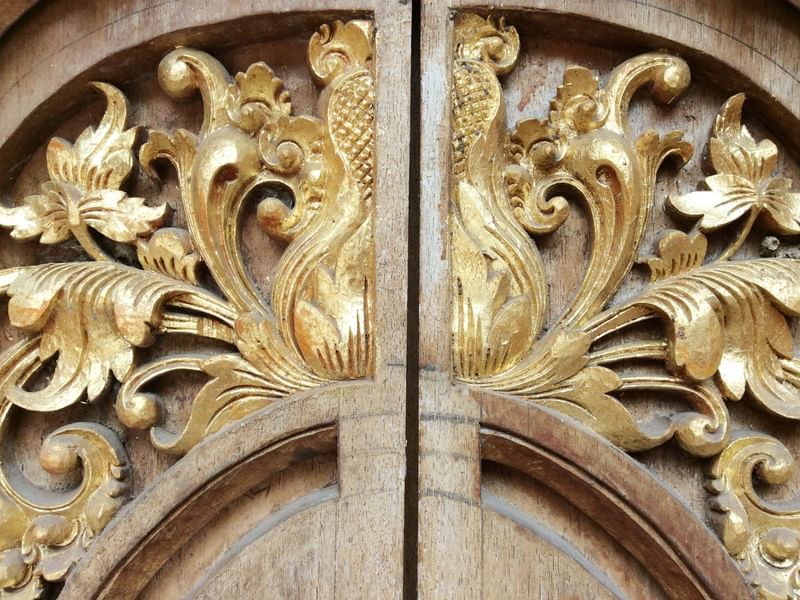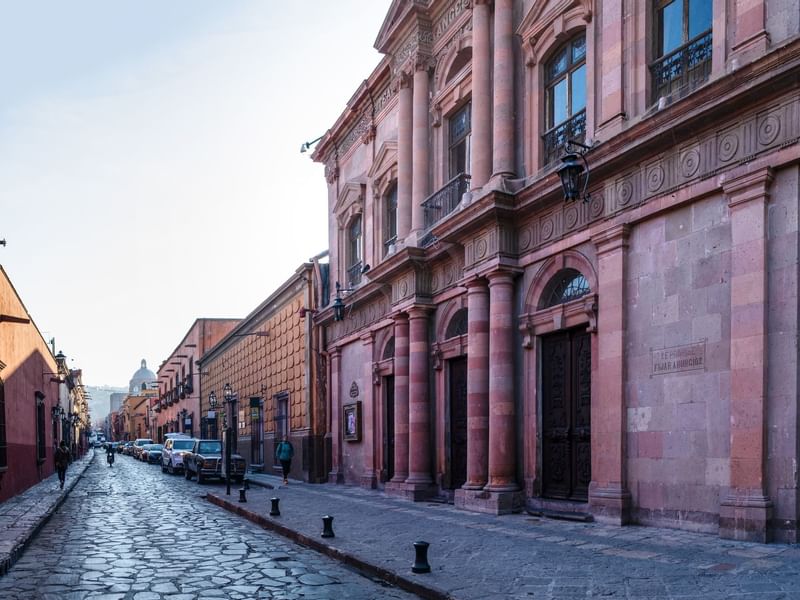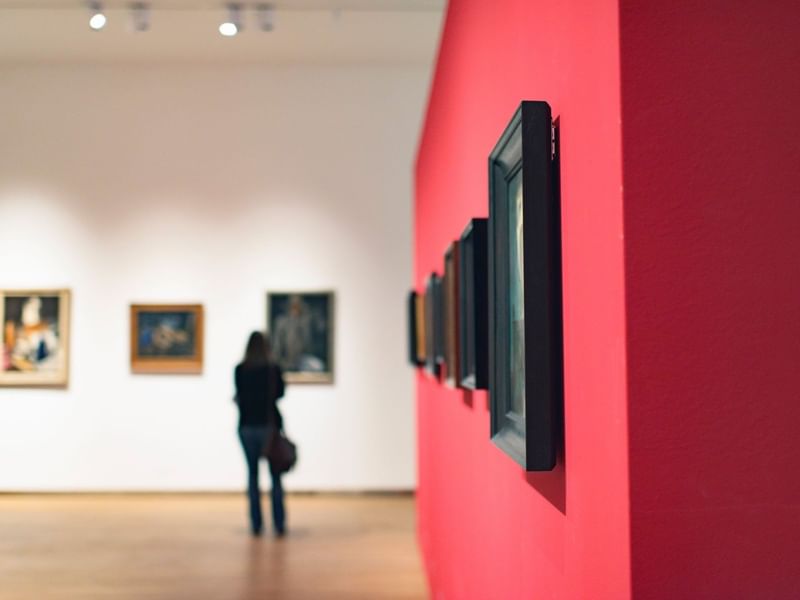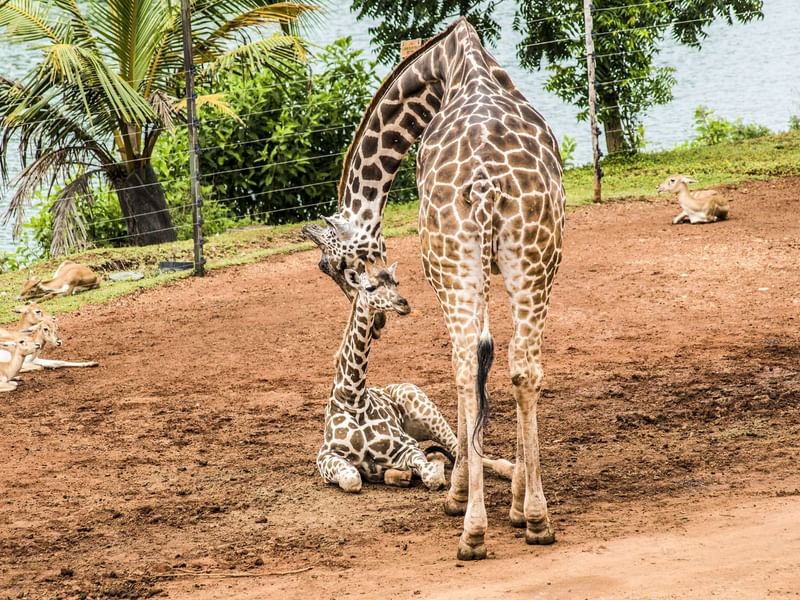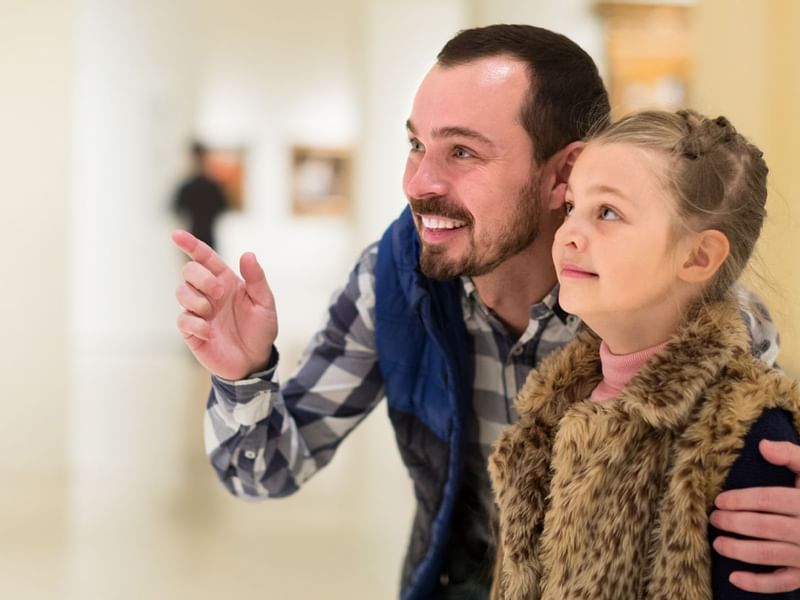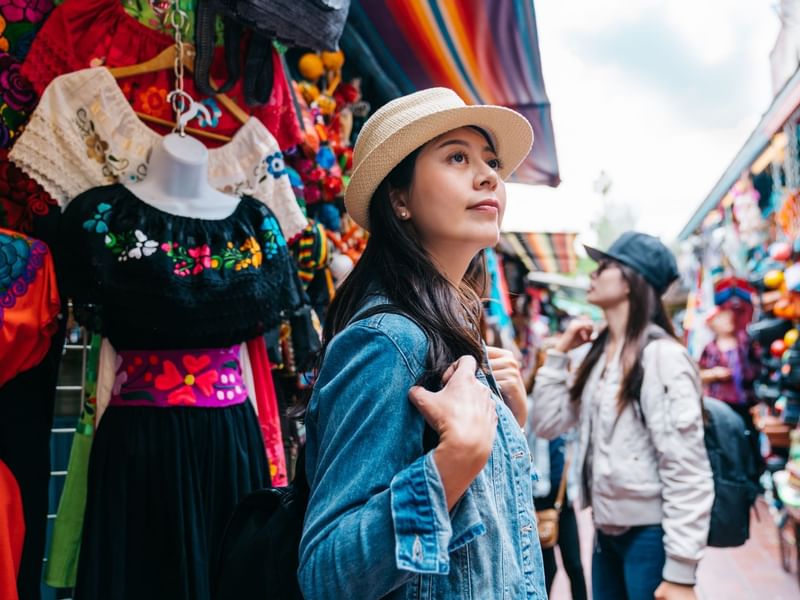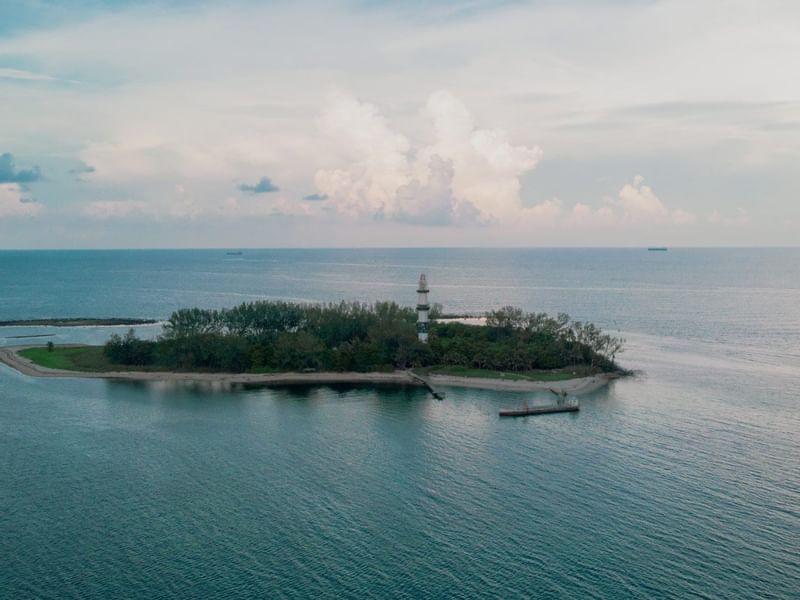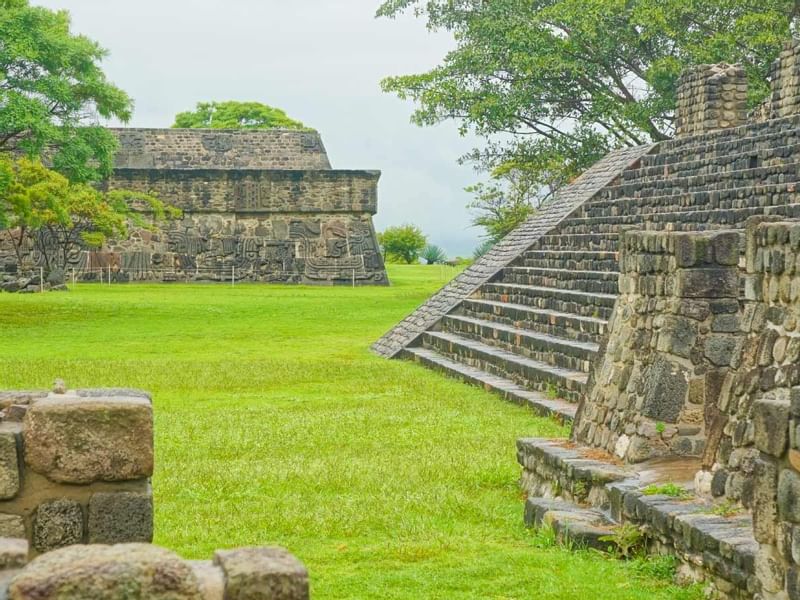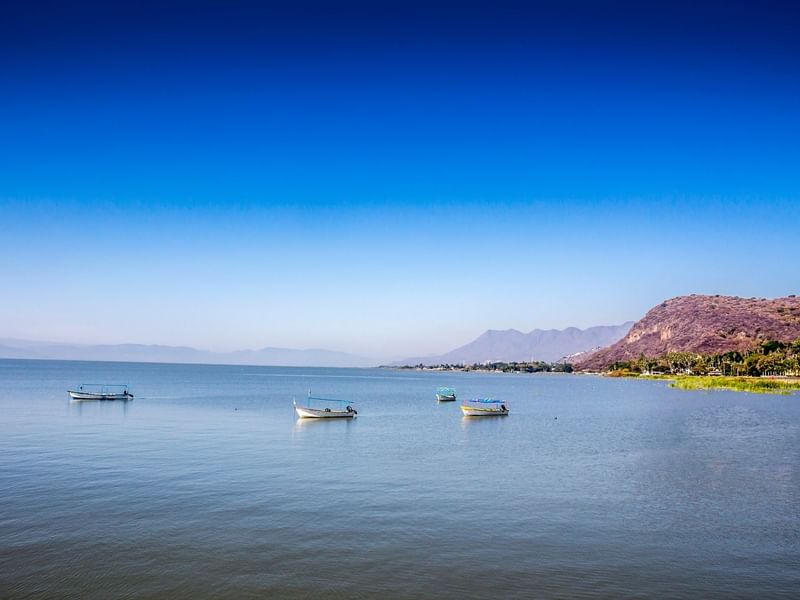Destination
Discover the essence of each destination with Gamma hotels
At Gamma Belo Morelia there is much to do and discover; you will experience the local essence and history of each destination, as well as its unique cuisine and tradition.
Start your journey and be sure to visit Morelia Cathedral, Morelia Aqueduct, Morelia's downtown district, the Santuario de Guadalupe, the Templo de San Diego, Templo and Conservatorio de las Rosas, the Templo and former convent del Carmen, Bosque Cuauhtémoc and the zoo. Include these attractions in your plan and discover the essence of this beautiful destination.

Centro Histórico de Morelia
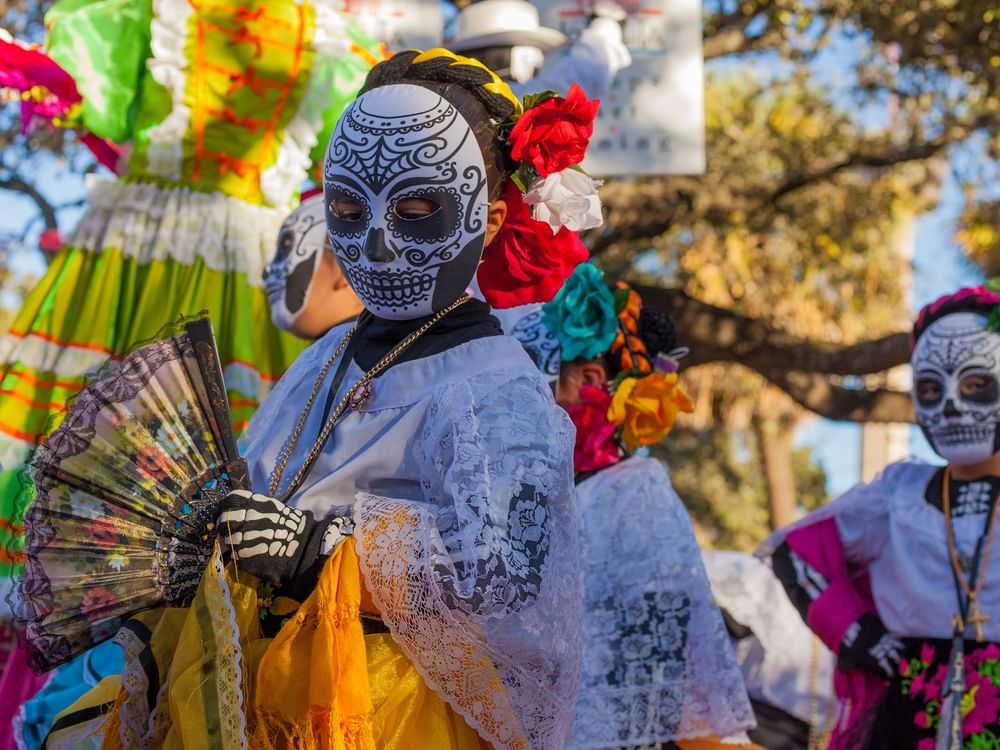
Pátzcuaro

Acueducto
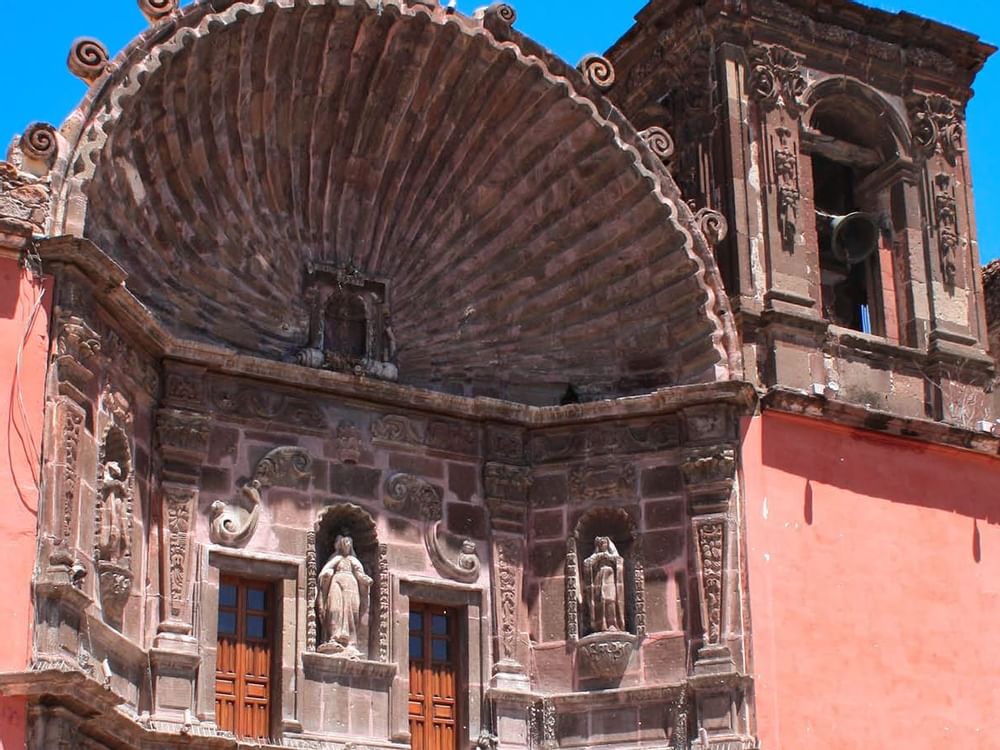
Santuario de Guadalupe o Templo de San Diego

Callejón del Romance
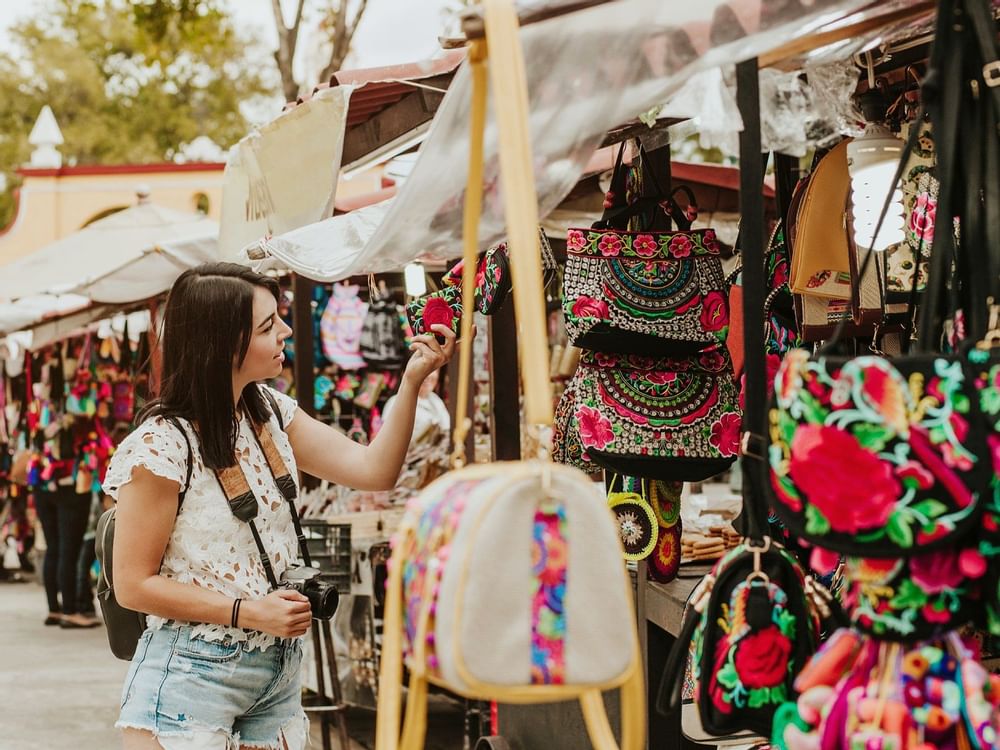
Museo del Dulce
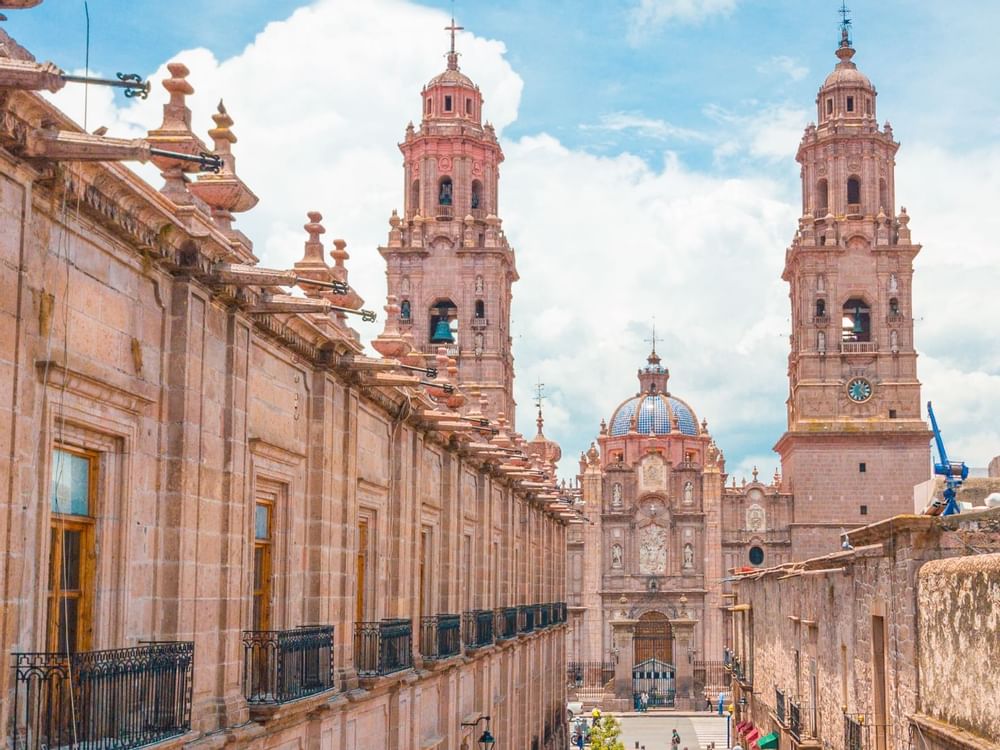
Catedral de Morelia
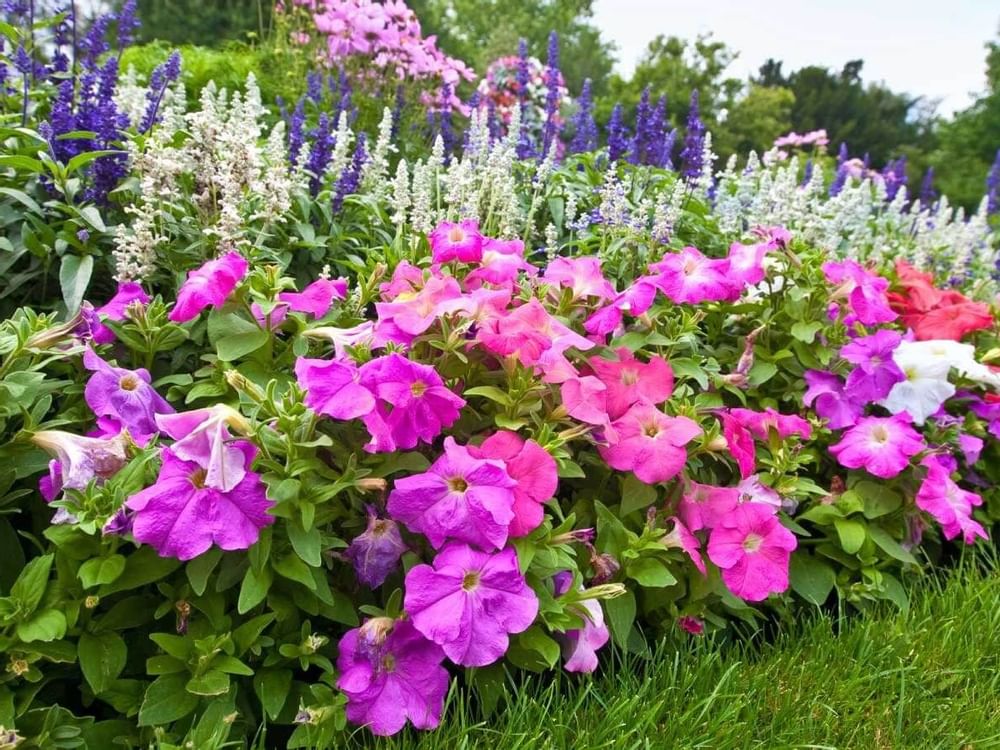
Templo y Conservatorio de las Rosas
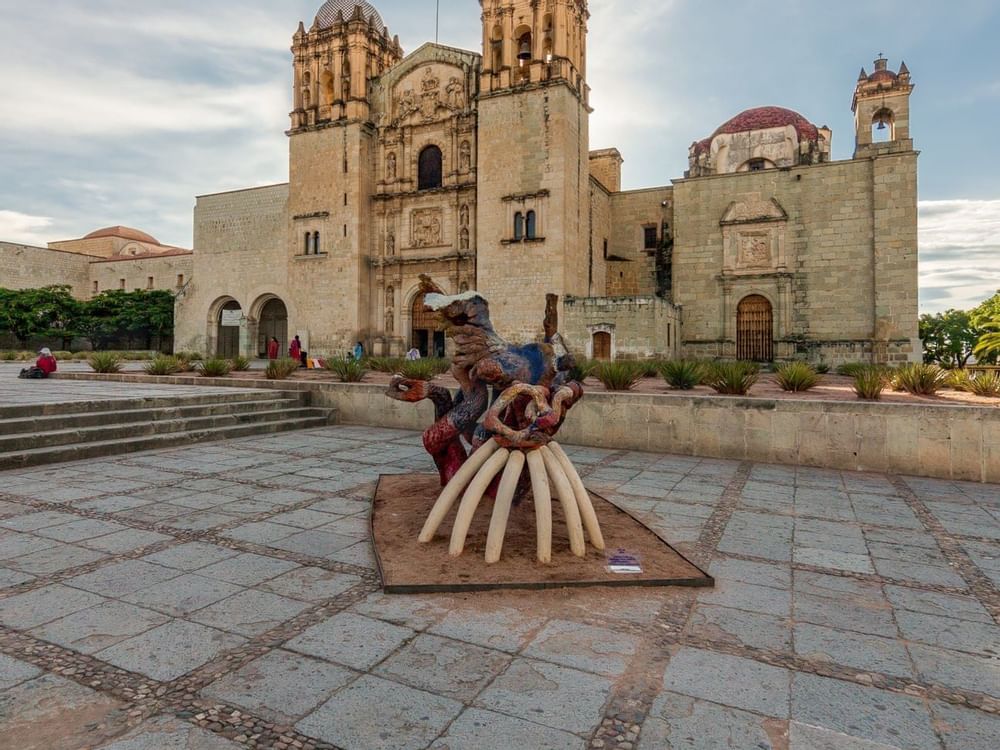
Templo de los Agustinos

Templo y Ex Convento del Carmen

Plaza Ocampo o Plaza de las Armas o Mártires
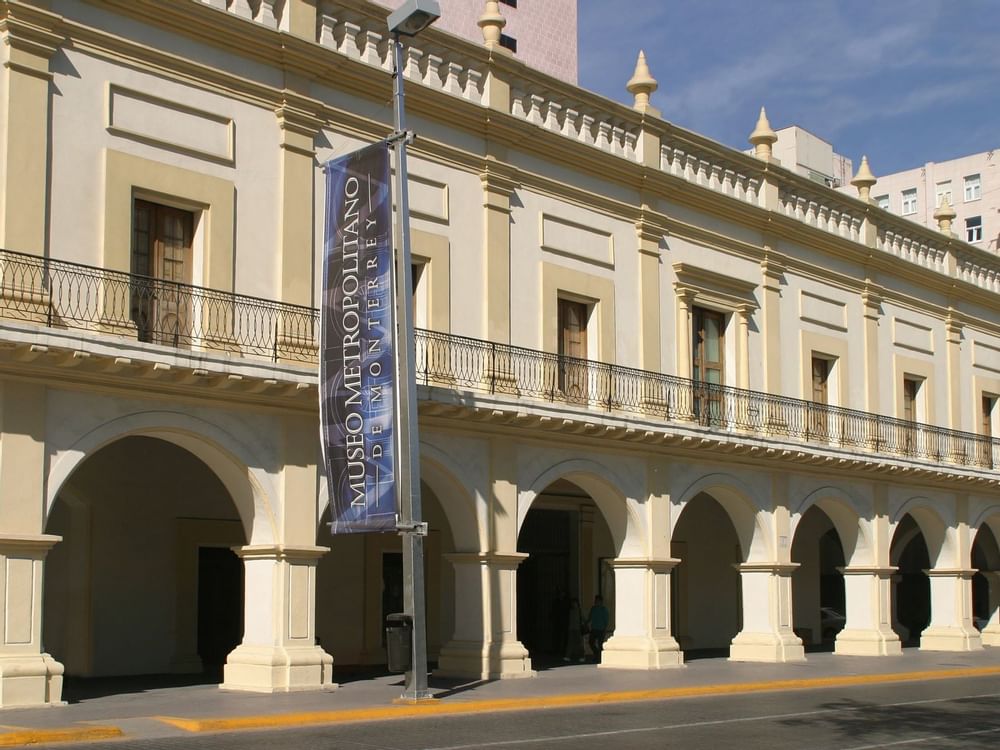
Portales de Morelia

Plaza Villalongin
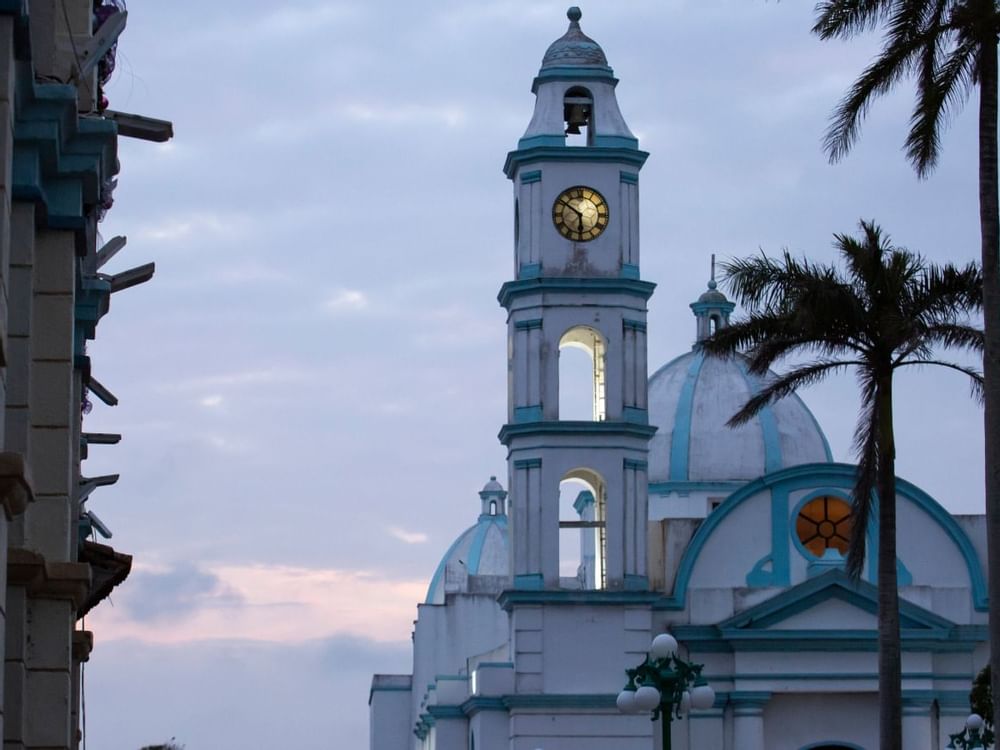
Plaza de San Agustín

Fuente de las Tarascas
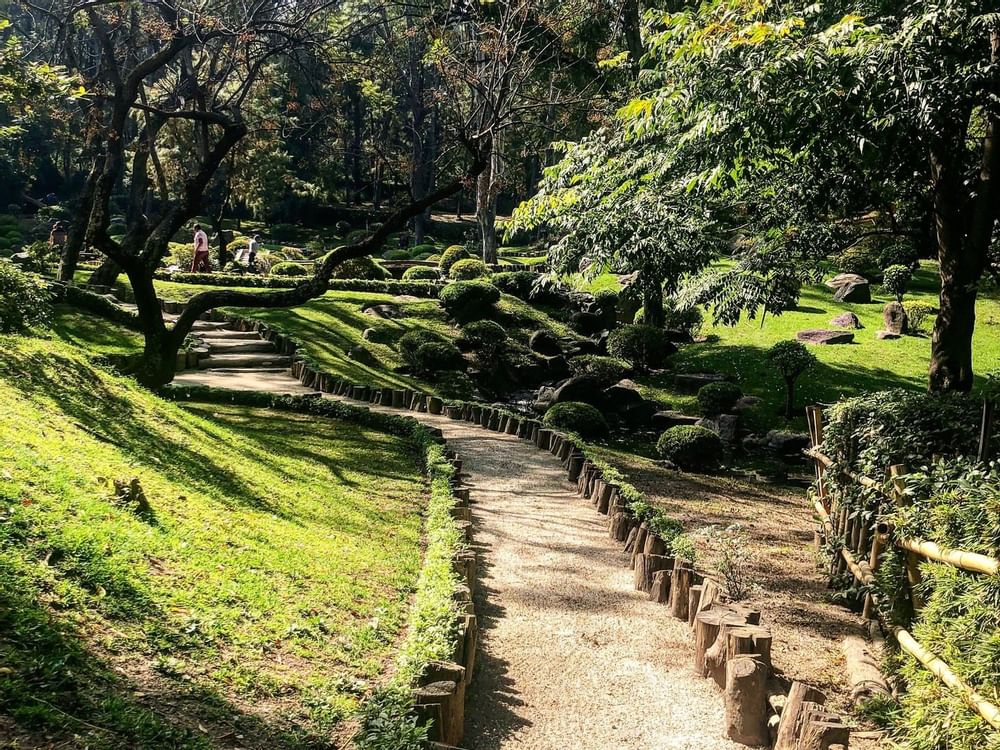
Bosque Cuauhtémoc
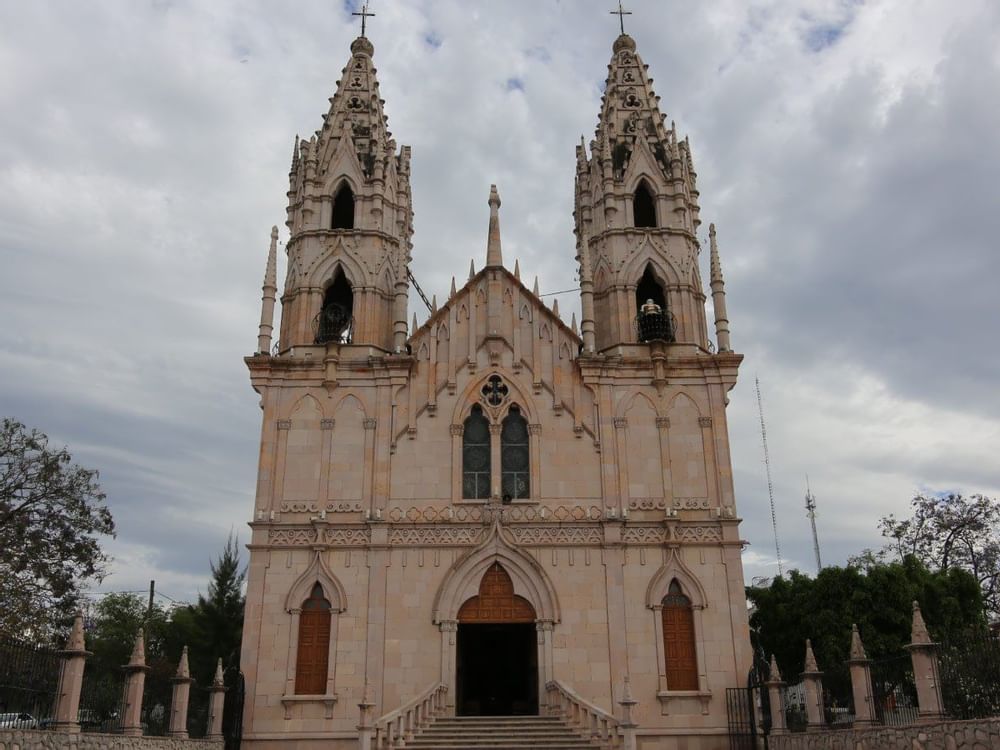
Calzada Fray Antonio de San Miguel
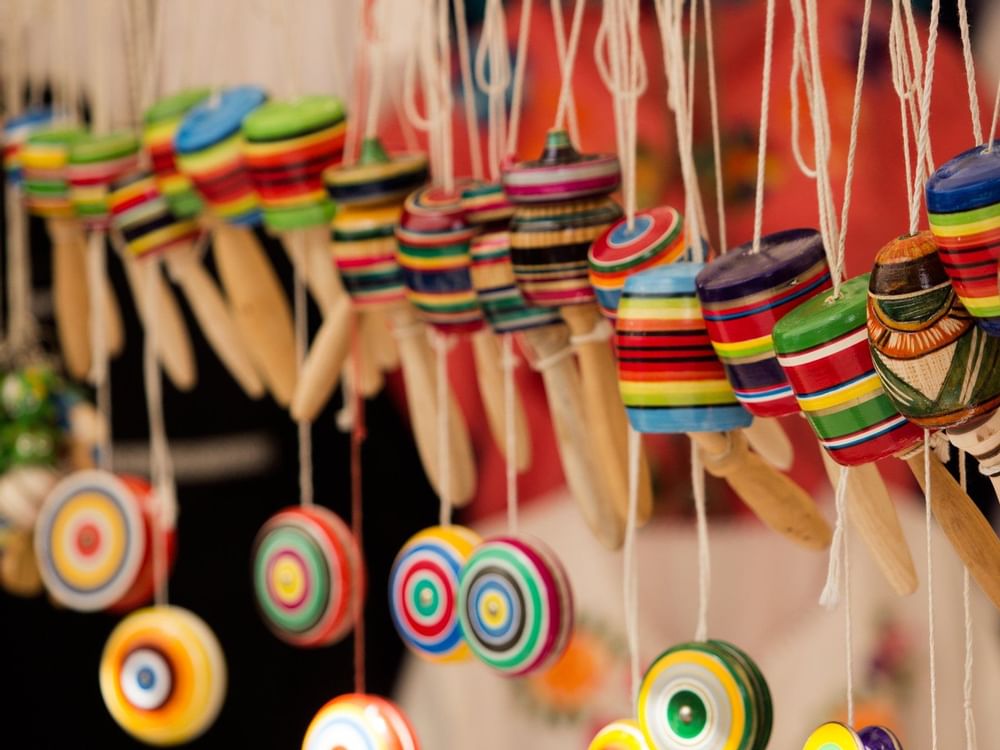
Casa de las Artesanías

Taller Culinario Zirita

Museo del Estado

Museo Regional Michoacano
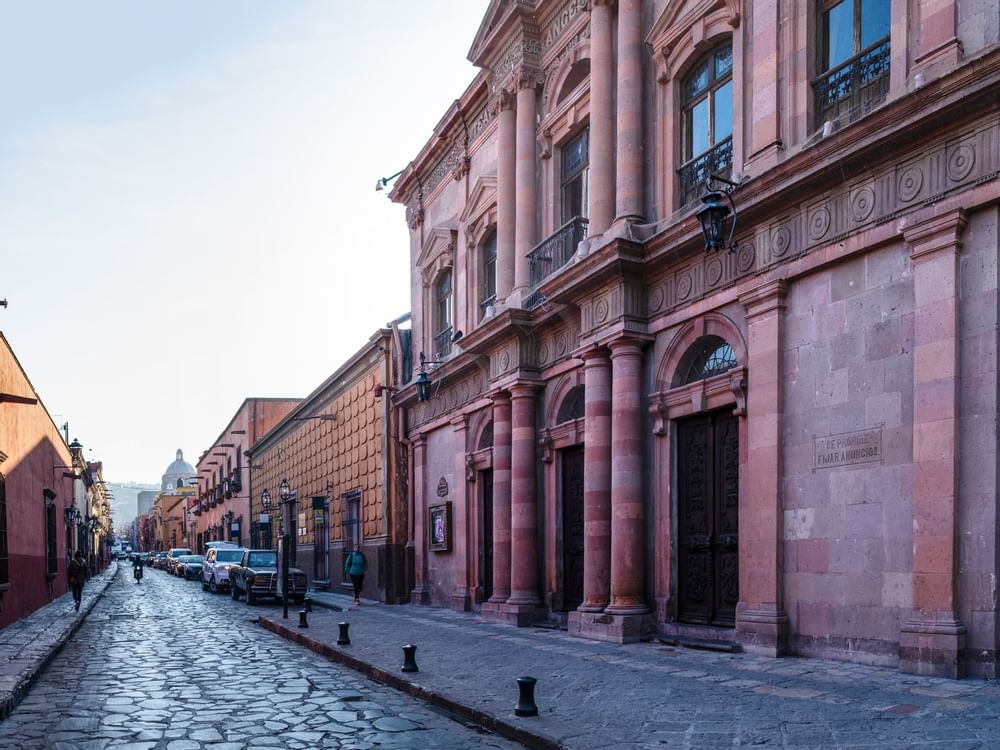
Museo Casa de Morelos

Casa Natal de Morelos

Museo de Arte Colonial
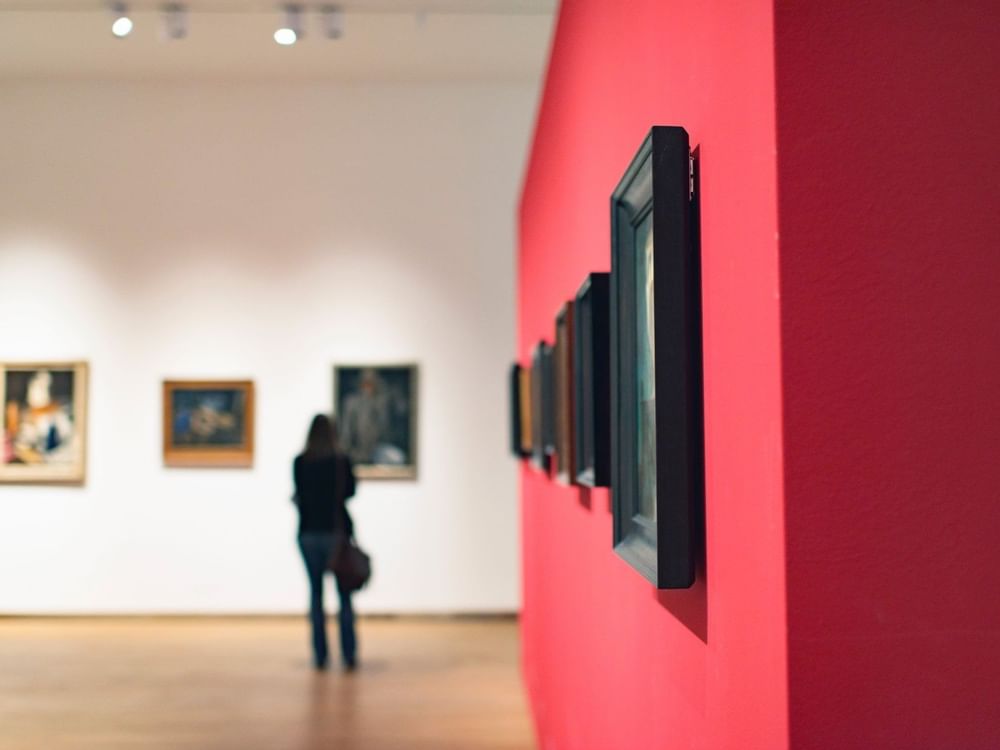
Museo de Arte Contemporáneo “Alfredo Zalce”
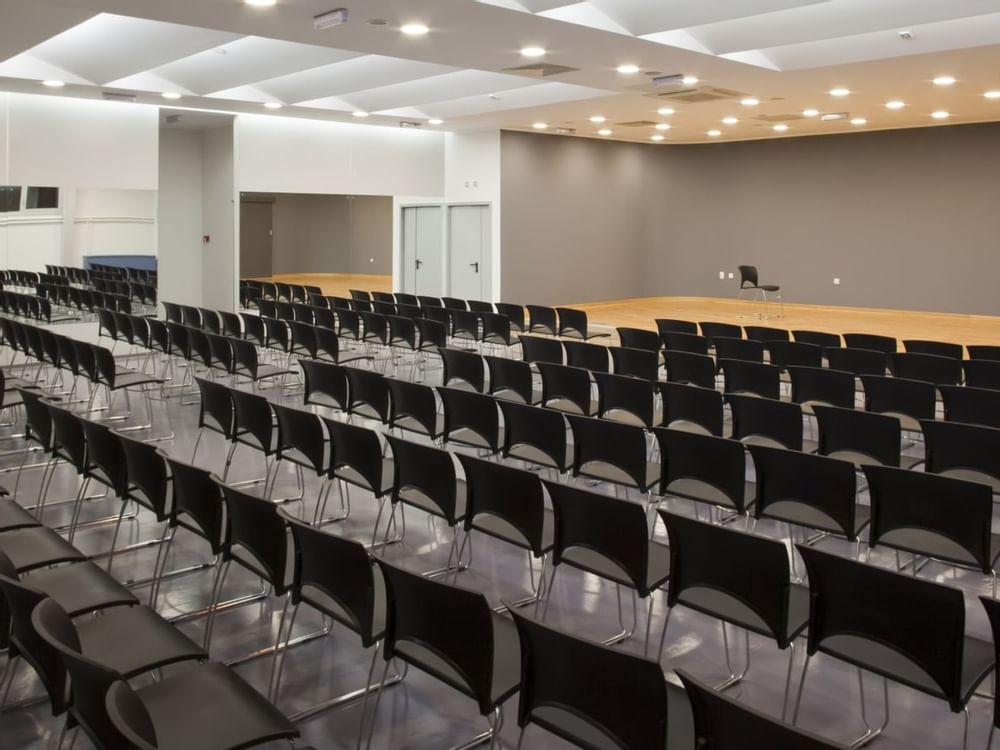
Museo Cultural Universitario
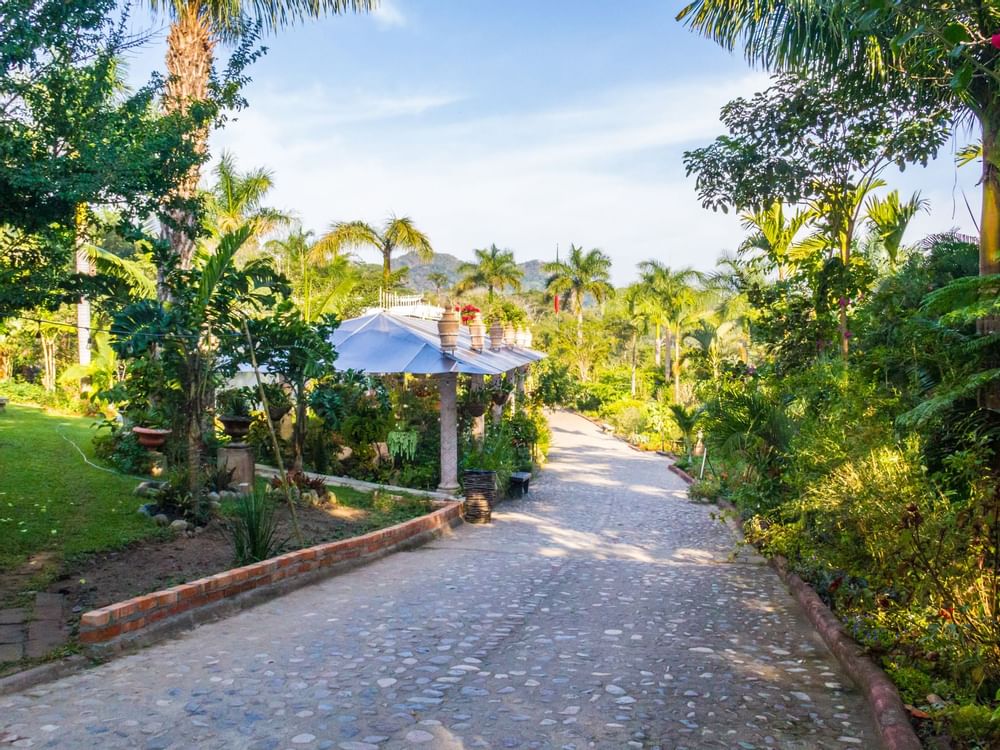
Museo de Historia Natural “Dr. Manuel Martínez Solórzano”
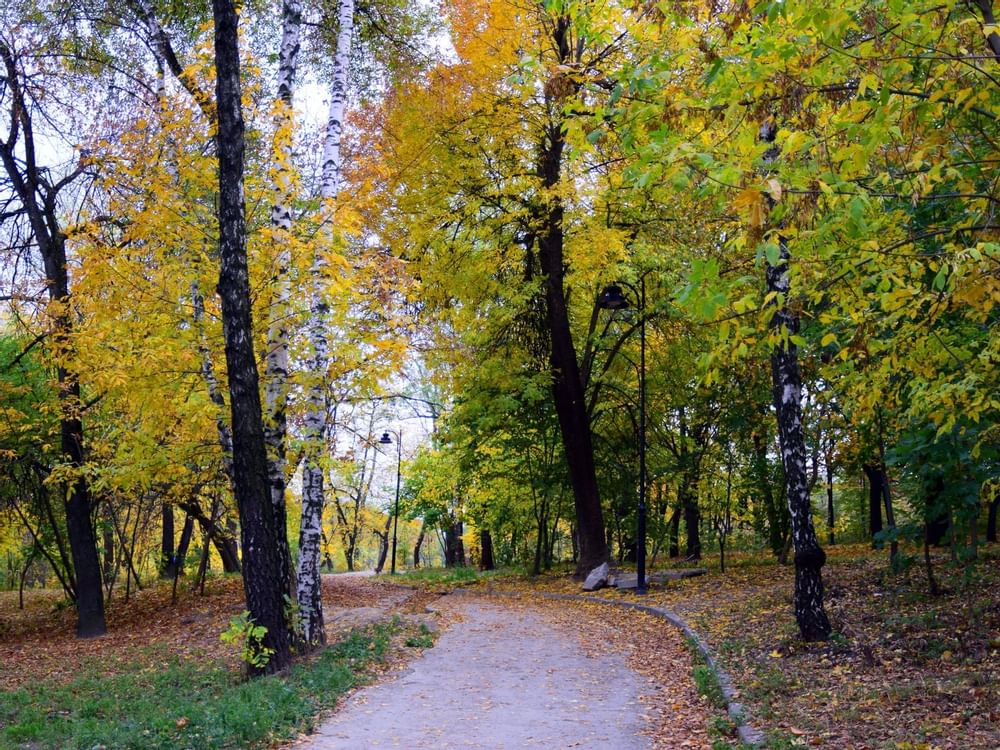
Orquidiario de Morelia
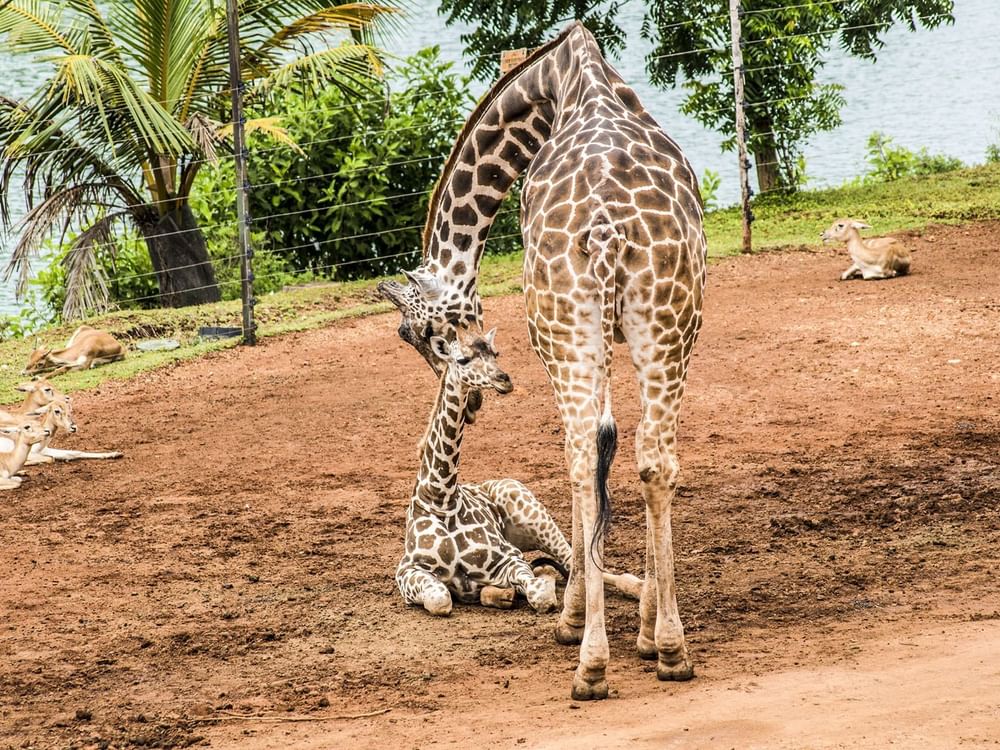
Zoológico de Morelia
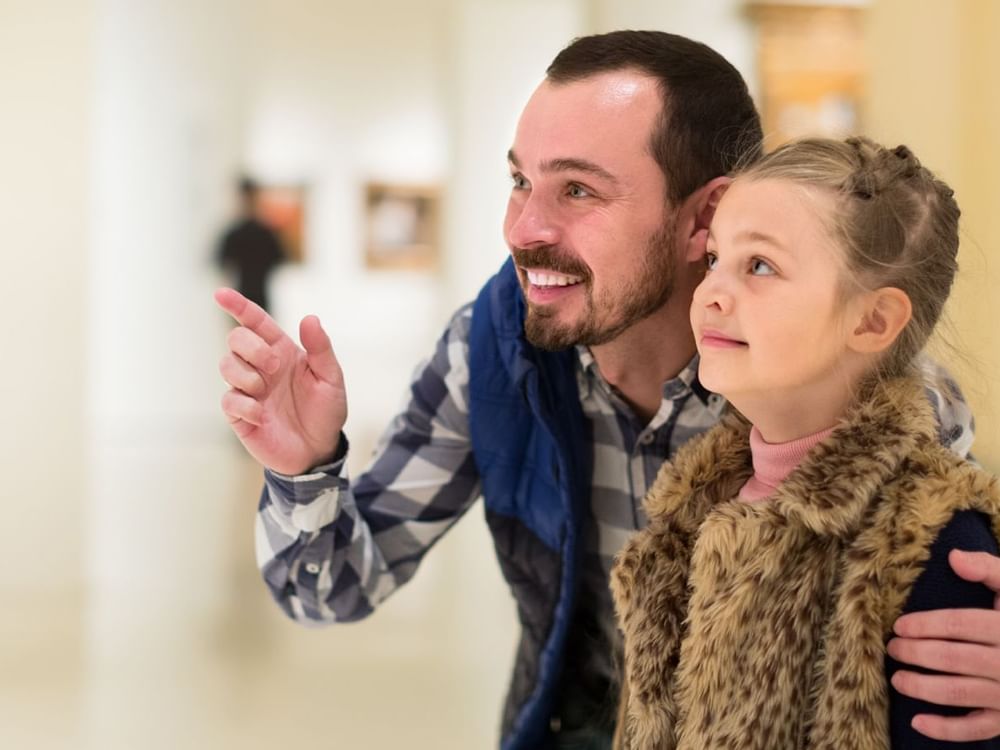
Planetario

Teatro Ocampo

Campos de Golf

Quiroga
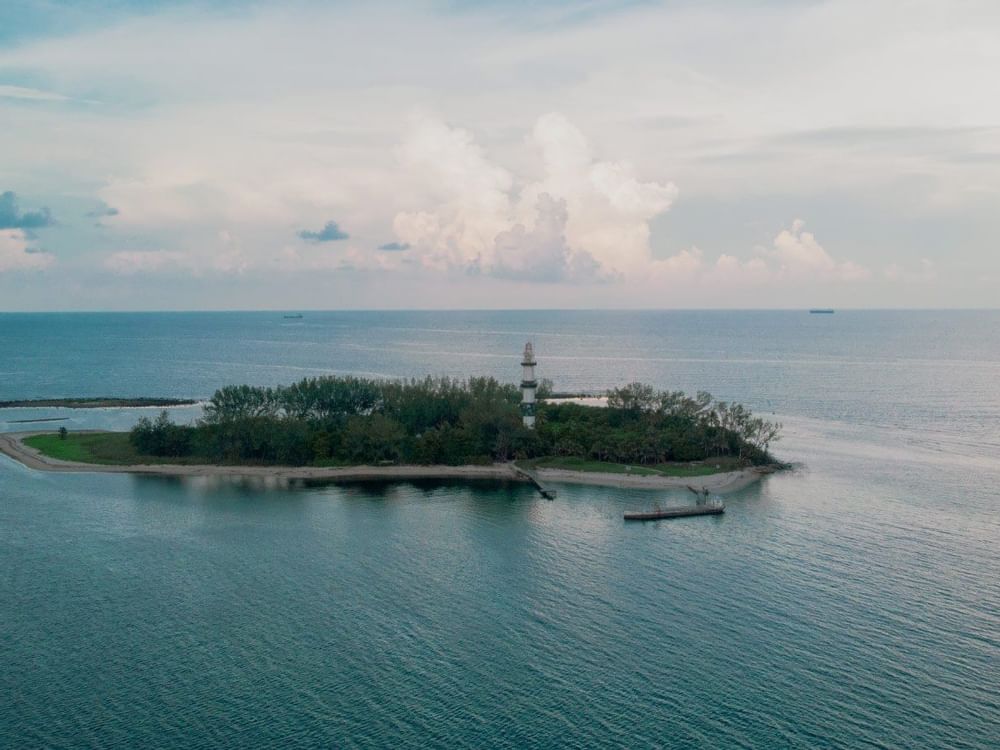
Janitzio
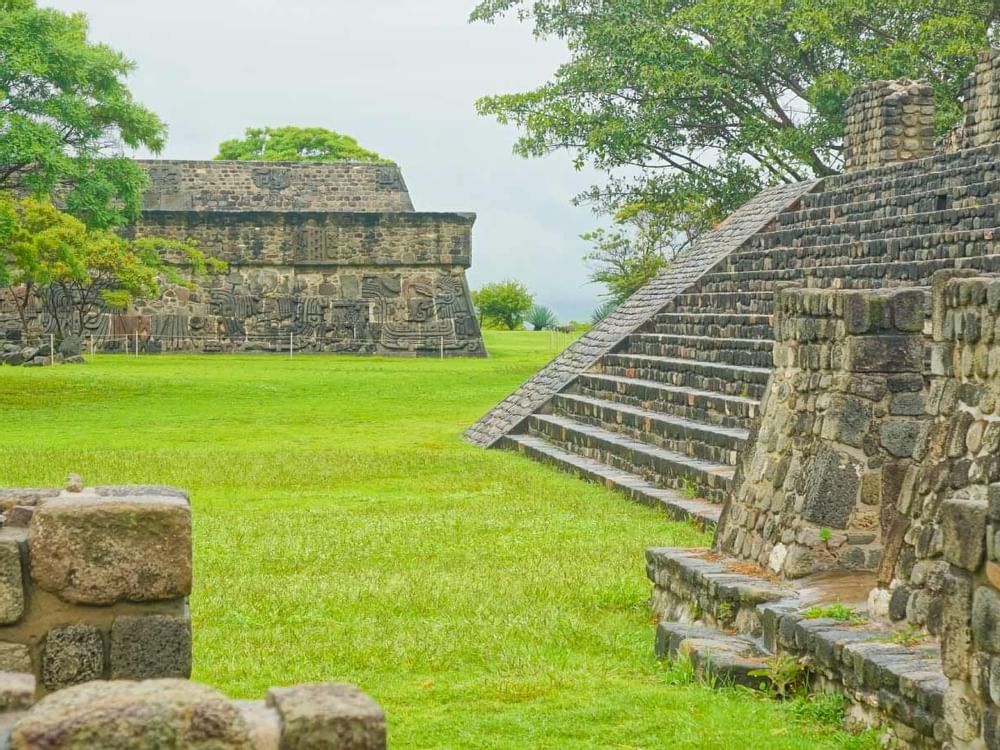
Tzitzuntzan
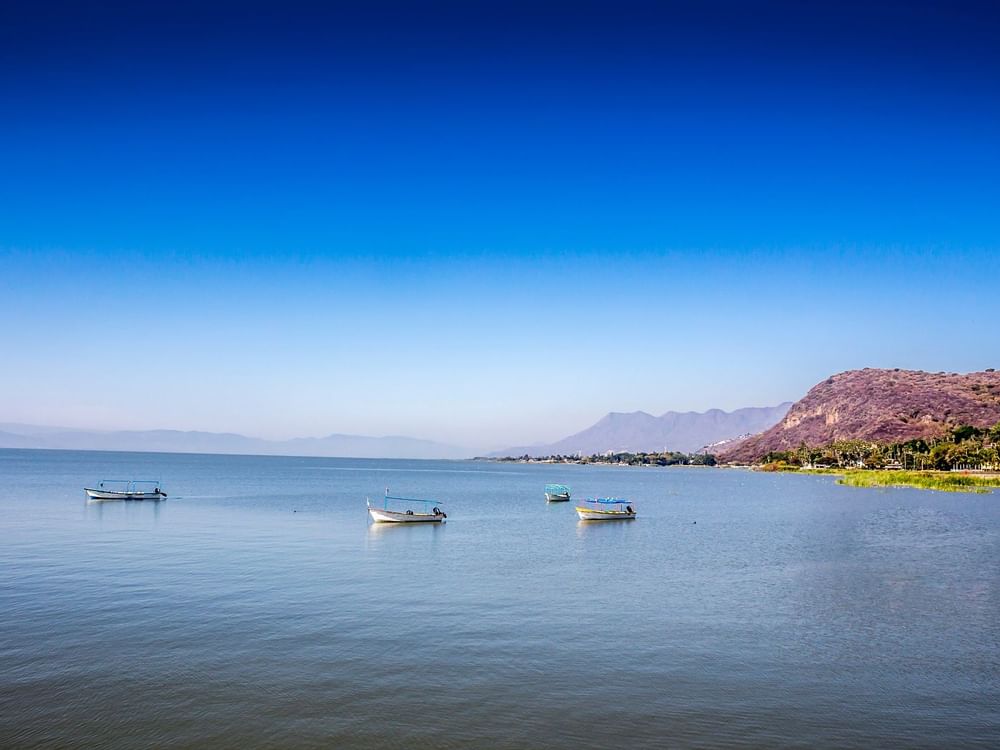
Cuitzeo, pueblo mágico

Parque Nacional Morelos KM. 23

Reino de Atzimba, parque acuático
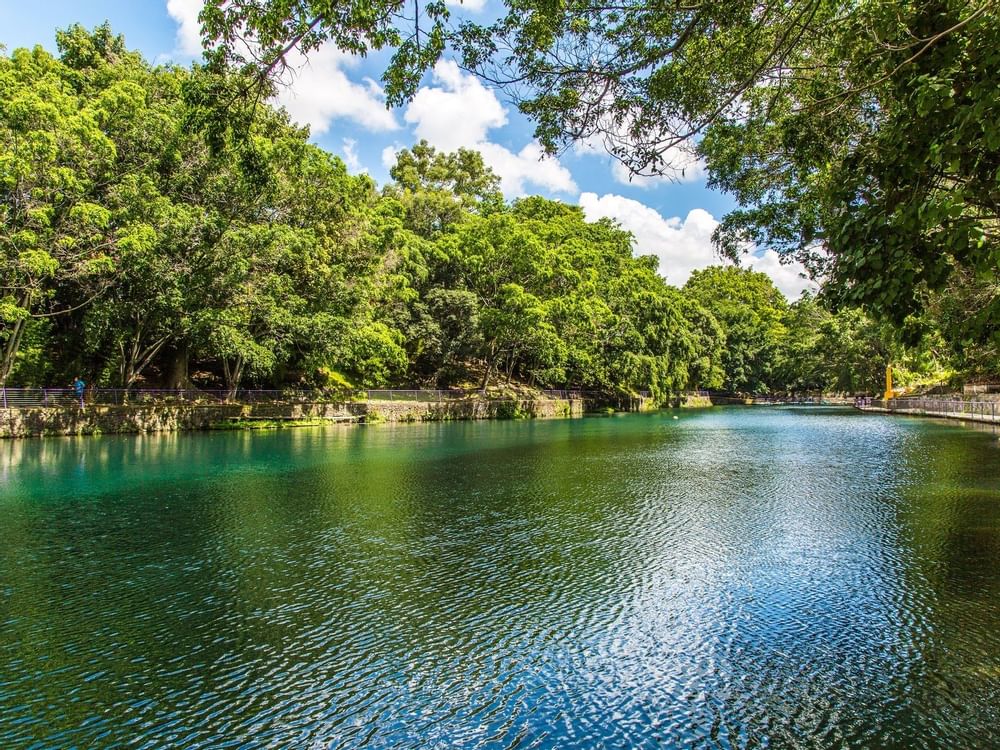
Huandacareo

Zona Arqueológica Tingambato
Migraciones
Property Surroundings
-
ATM
-
Bus Terminal
-
Fuel station
-
Stadium
-
Cathedral
-
Museum
-
Shopping Center
-
Bank
















